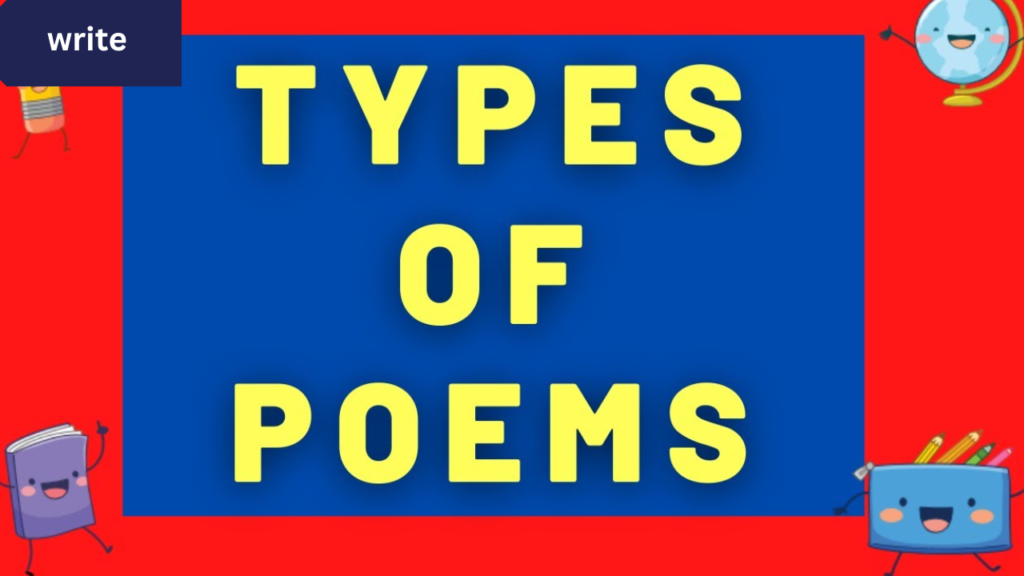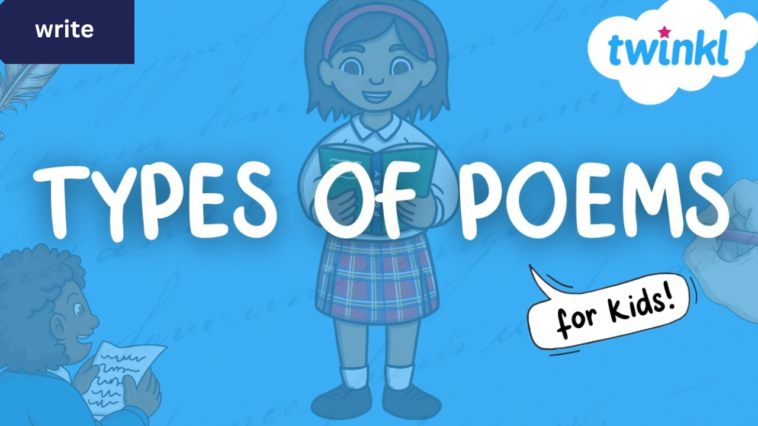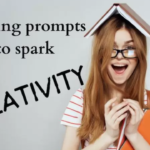Poetry is a fun and creative way for kids to express their thoughts, emotions, and imagination. Reading and writing poems can enhance vocabulary, improve literacy skills, and foster a love for language. There are many different types of poems, each with unique styles and structures. In this article, we will explore various types of poems that kids can read and write, making poetry an exciting and enjoyable experience.
Rhyming Poems
Rhyming poems are among the most popular and enjoyable forms of poetry for kids. These poems follow a pattern where the ending words of certain lines sound similar.
Examples:
- Couplets – Two lines that rhyme (e.g., “The cat sat on a mat, / While watching a little rat.”)
- Limericks – A five-line humorous poem with a distinct rhythm (AABBA rhyme scheme).
- Quatrains – A four-line poem with various rhyme schemes (ABAB, AABB, etc.).
How to Write a Rhyming Poem:
- Pick a topic (e.g., animals, seasons, friends).
- Choose a rhyme scheme.
- Play with words and have fun with rhyming.
Acrostic Poems
An acrostic poem is a type of poem where the first letter of each line spells out a word or phrase vertically.
Example:
Shining brightly in the sky, Up above so very high, Never failing to bring us light.
Steps to Create an Acrostic Poem:
- Choose a word (e.g., your name, a season, an animal).
- Write the word vertically.
- Create a phrase or sentence starting with each letter.
Haiku
A haiku is a traditional Japanese poem with three lines and a specific syllable structure: 5-7-5.
Example:
Snow falls from the sky,
Soft and quiet all around,
Winter’s blanket glows.
How to Write a Haiku:
- Think of a nature-related topic.
- Follow the 5-7-5 syllable pattern.
- Keep it short and descriptive.

Cinquain
A cinquain is a five-line poem with a structured pattern.
Structure:
- One-word title (noun)
- Two adjectives describing the title
- Three action words
- A four-word phrase or feeling
- One word that sums it up
Example:
Dog
Loyal, playful
Running, jumping, barking
Always full of love
Friend
Shape Poems (Concrete Poetry)
Shape poems, also called concrete poems, take the shape of their subject.
Example:
A poem about a tree could be written in the shape of a tree.
How to Create a Shape Poem:
- Choose an object (e.g., a heart, a star, a flower).
- Write a poem about it.
- Arrange the words in the shape of the object.
Free Verse Poems
Free verse poems do not follow any specific rhyme scheme or structure, allowing kids to express their thoughts freely.
Example:
The wind whispers through the trees,
Dancing leaves swirl and twirl,
A song only nature can hear.
Tips for Writing Free Verse Poetry:
- Focus on imagery and emotions.
- Use descriptive words.
- Experiment with line breaks and spacing.
Related Article : 30 Prompts for Narrative Writing That Spark Creativity
Narrative Poems
Narrative poems tell a story with a beginning, middle, and end.
Example:
Once a little bird took flight,
Chasing dreams both day and night.
Through the sky so big and blue,
Searching for a place so true.
How to Write a Narrative Poem:
- Think of a simple story.
- Create characters and a setting.
- Use rhyme or free verse to tell the story.
Funny and Silly Poems
Humorous poems make kids laugh and enjoy wordplay.
Examples:
- Nonsense Poems – Playful and silly with made-up words.
- Limericks – Short, funny five-line poems.
Encouraging Kids to Write Funny Poems:
- Use funny rhymes and exaggerated ideas.
- Play with sounds and silly words.
- Think of amusing scenarios.
Conclusion
Poetry is a fantastic way for kids to explore language and creativity. Whether it’s rhyming couplets, structured haikus, or free-flowing free verse, there is a type of poetry for every child. Encouraging kids to read and write different kinds of poems helps build their confidence in self-expression. So, grab a notebook and start writing!
FAQs
1. Why should kids learn poetry?
Poetry enhances language skills, encourages creativity, and helps kids express their emotions.
2. What is the easiest type of poem for kids to write?
Acrostic poems and rhyming couplets are great starting points because they have simple structures.
3. Do all poems have to rhyme?
No, free verse and haiku poems do not require rhyming.
4. Can poetry help improve writing skills?
Yes! Writing poetry improves vocabulary, spelling, and creative thinking.
5. How can I encourage my child to write poetry?
Make it fun by introducing different types of poems, using prompts, and allowing creativity without strict rules.


